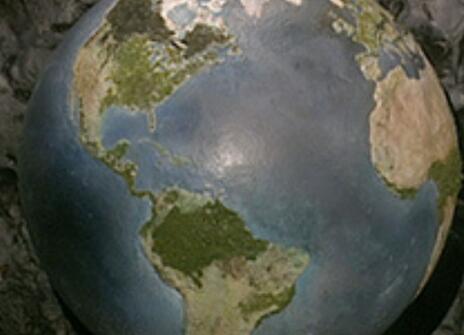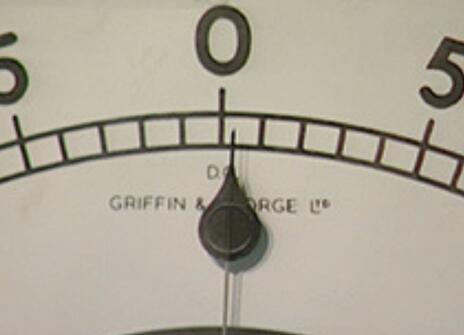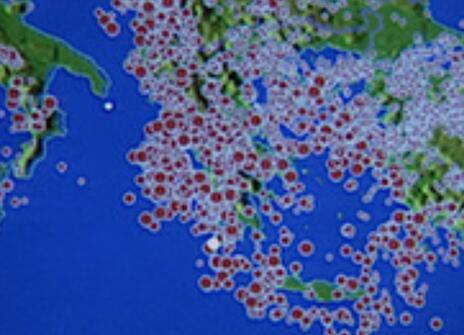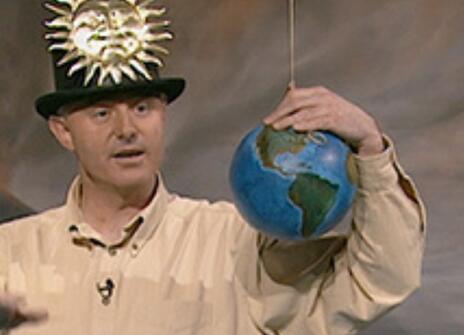Lecture 4 – The puzzle of the continents
From the 1995 lecture programme:
Curiously, although plate tectonics is very good at describing what happens to the seafloor, and also describes the changing distribution of the continents, it is little help in describing what happens when the continents themselves deform. They behave in a completely different way from the oceanic plates.
In the oceans, plate boundaries are very narrow and localised, but on the continents they are spread out and diffuse; it is hard to identify a 'boundary' at all.
When continents collide they crumple up over vast areas, such as from India to Mongolia. When they stretch, they neck and thin over wide areas to make basins that fill up with sediment and contain much of the world's oil and gas. Moreover, the continents seem to have a memory, as they break again and again in the same place, even though the deformation episodes may be many millions of years apart. Why should continents be so different?
The continental crust is much, much older than the oldest surviving oceanic crust. It is also made of different stuff; in particular, it is much lighter and weaker than the rocks of the oceans. It is virtually indestructible, too buoyant to be pushed into the Earth's interior in significant quantity, and if it is eroded, the sediment that is dumped on the seafloor is mostly scraped off again at the trenches and returned to the land. When dealing with deforming continents we need a different language from that of plate tectonics. We shall look at what is appropriate, and also address the major question of where the continents came from.
About the 1995 CHRISTMAS LECTURES
From the 1995 lecture programme:
We need to understand how our planet works. Catastrophes such as volcanic eruptions, earthquakes, climate change and sea level rise are starting to have a huge impact on our lives as our population increases and we colonise every available corner of the world, particularly the coastlines. Yet at the same time these phenomena, which are disasters to us, are a natural part of the way the Earth behaves.
We can use them as tools to see deep inside the Earth, to see how the planet is put together, and how it changes with time. Our understanding of how the Earth works has just undergone its biggest change since we realised that the Earth orbited the Sun. Scientists used to see the Earth as a planet whose surface had been the victim of random and unexplained events, such as mountain building and changing climate. Now we know that what we see at the surface is caused by vigorous motions deep inside the Earth — motions that are slow compared with our lifetimes, but are very fast compared with the life of the Earth itself. Far from living on a dead lump of rock in Space, we are living on jelly, but didn't realise it! These lectures trace the story of how and why our views changed — from a fumbling suspicion that continents had moved around, through a detailed reconstruction of how the pieces fit together, to the present, where we can measure the motions directly and see them going on. It is a story in which chasing a clue to one puzzle has often produced unexpected results and paradoxes.
Extraordinary leaps in understanding have come from the development of new tools — usually measuring instruments designed for purposes quite unconnected with their most famous discoveries. The Earth Sciences have come a long way from the Victorian image of a lonely geologist wandering the mountains with a hammer, so that measurements at the atomic or sub-atomic level can reveal the processes behind events as grand as ice ages. Nor are we restricted to our own planet: as we continue to explore the solar system and beyond we are discovering why the Earth is so special, and what series of accidents or processes have made it so suitable for us to live on. But the story does not yet have an ending: the Earth has a habit of letting us solve one puzzle only to make us realise it is part of an even bigger mystery we don't understand.




